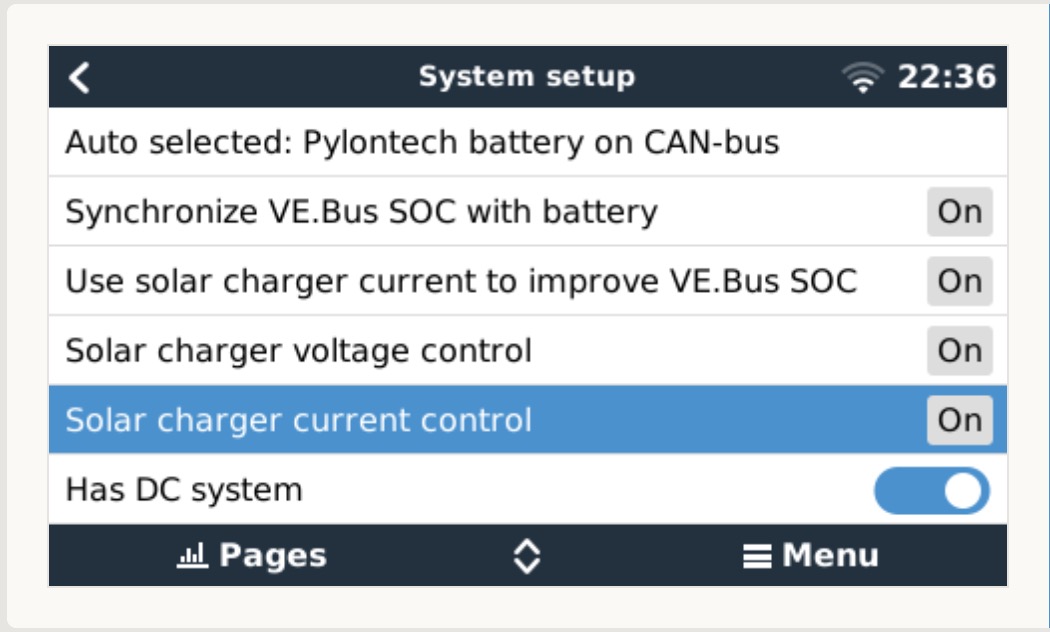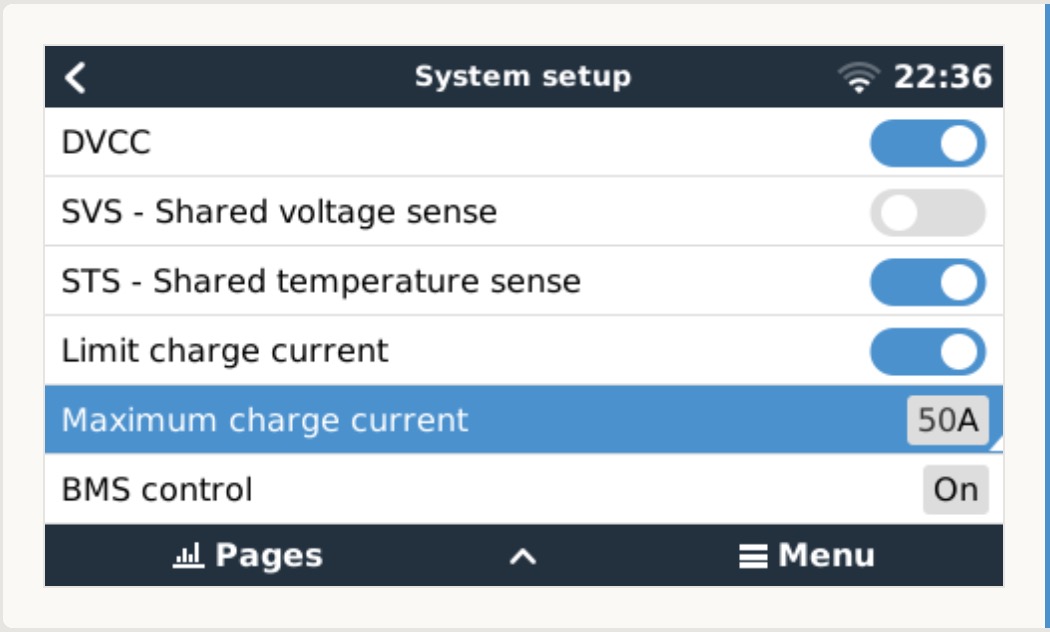I have an offgrid system with a Victron mppt charger, and a Victron inverter, connected to a 12V battery. The mppt power is limited by the maximum current the battery can absorb, even when I have loads connected and their loads should be added to the limit. I also have a BMV meter that could send the actual current absorbed by the battery to the mppt controller.
Is there any way to implement this feature?


